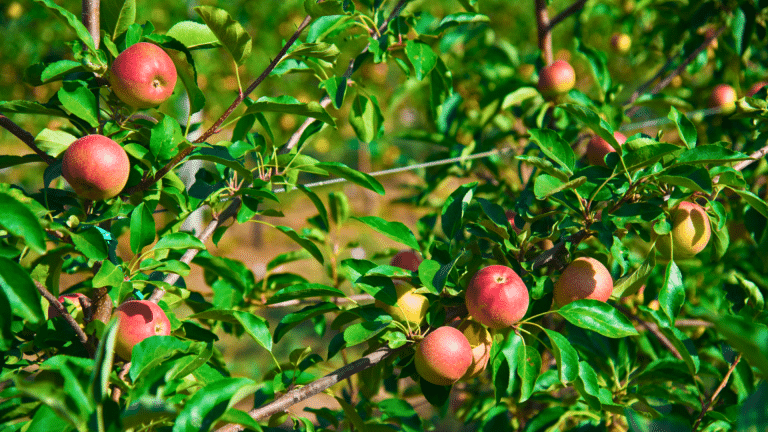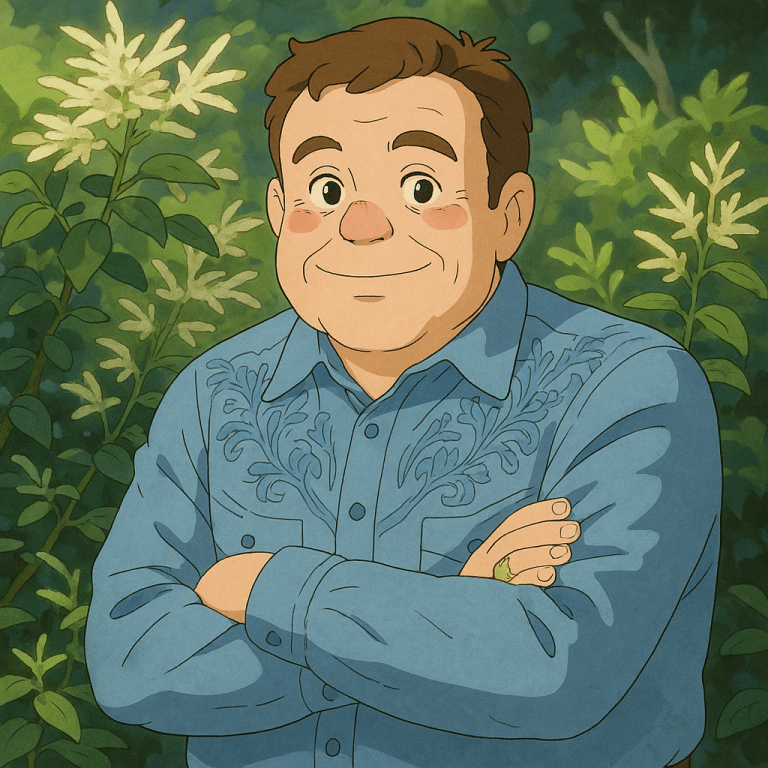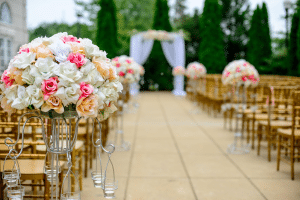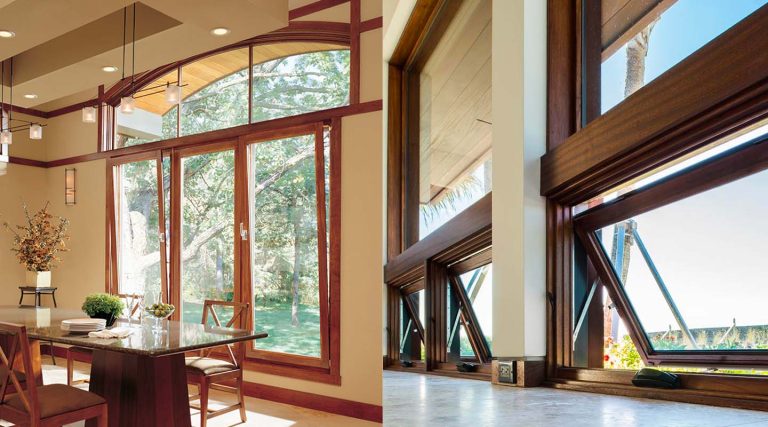Growing fruit in a small yard or on a patio can be tough. You might dream of homegrown apples, but you only have space for one tree. That’s where self-pollinating apple trees help out.
These trees don’t need a partner to bear fruit, just the right care and conditions.
In this guide, I’ll break down how apple pollination works, which self-pollinating types do well in pots, and how to choose one that fits your space. You’ll also get simple tips to boost your harvest, even if you’re just getting started.
Ready to grow fresh apples right outside your door? Let’s find the best tree for you and make it work in any space.
Do Apple Trees Self-Pollinate?
Most apple trees don’t. They need pollen from a different variety nearby to produce fruit. That’s because many types are self-incompatible; their own pollen won’t do the trick.
But some apple trees are self-pollinating, also called self-fertile. These can set fruit on their own, without needing a second tree. A few reliable self-pollinating varieties include:
- Red Windsor
- Garden Delicious
- Golden Delicious
- Granny Smith (some strains)
Even these trees often perform better when another apple tree is nearby. Still, if space is tight, one tree can give you a solid harvest with the right care.
Why Choose Self-Pollinating Trees for Small Gardens?
Sometimes you just don’t have the room for more than one tree. That’s when self-pollinating apple trees really shine. They’re a great fit if you:
- Garden on a patio or balcony
- Have a small or narrow yard
- Want fresh fruit without extra hassle
Since they don’t need a second tree to produce fruit, you save space and cut down on maintenance.
Many self-pollinating varieties also do well in pots, making them a solid choice for container gardening or compact outdoor setups.
Top Self-Pollinating Apple Varieties
If you’re short on space but still want fresh apples, these self-pollinating varieties are a solid choice. They each offer something different from tart to sweet, early to late harvest, so you can find one that fits your garden and taste.
1. Granny Smith
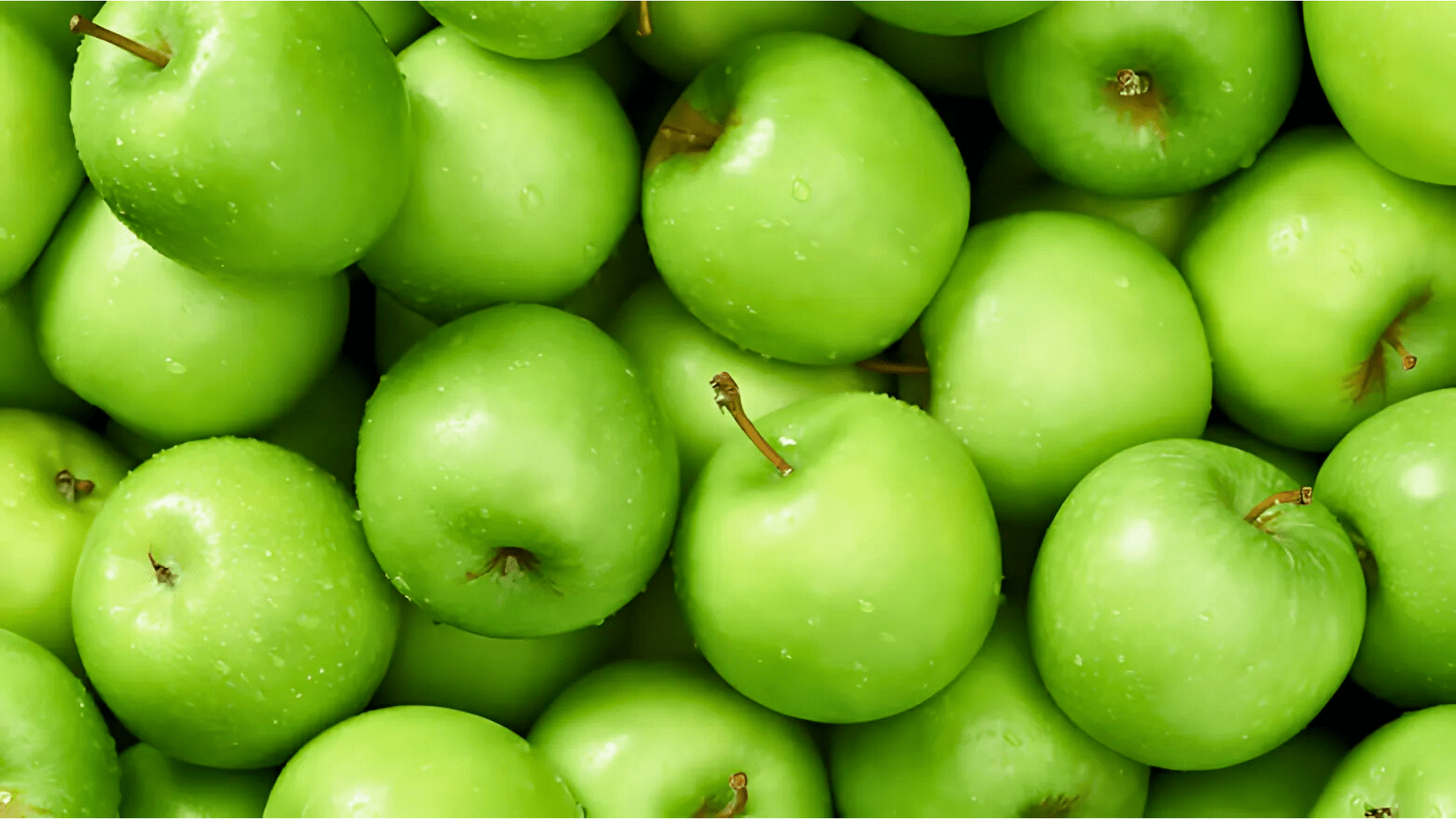
Granny Smith is a dependable favorite, especially in its dwarf form. It grows well in smaller yards or containers and doesn’t need a second tree to produce fruit.
Its late-season harvest extends your apple season, and the firm, tart fruit is ideal for baking.
- Size: Medium, but dwarf versions suit containers
- Zones: 5–8
- Flavor: Tart and crisp
- Best For: Baking, late harvests, and growing solo or with others
2. Red Windsor / Alkmene
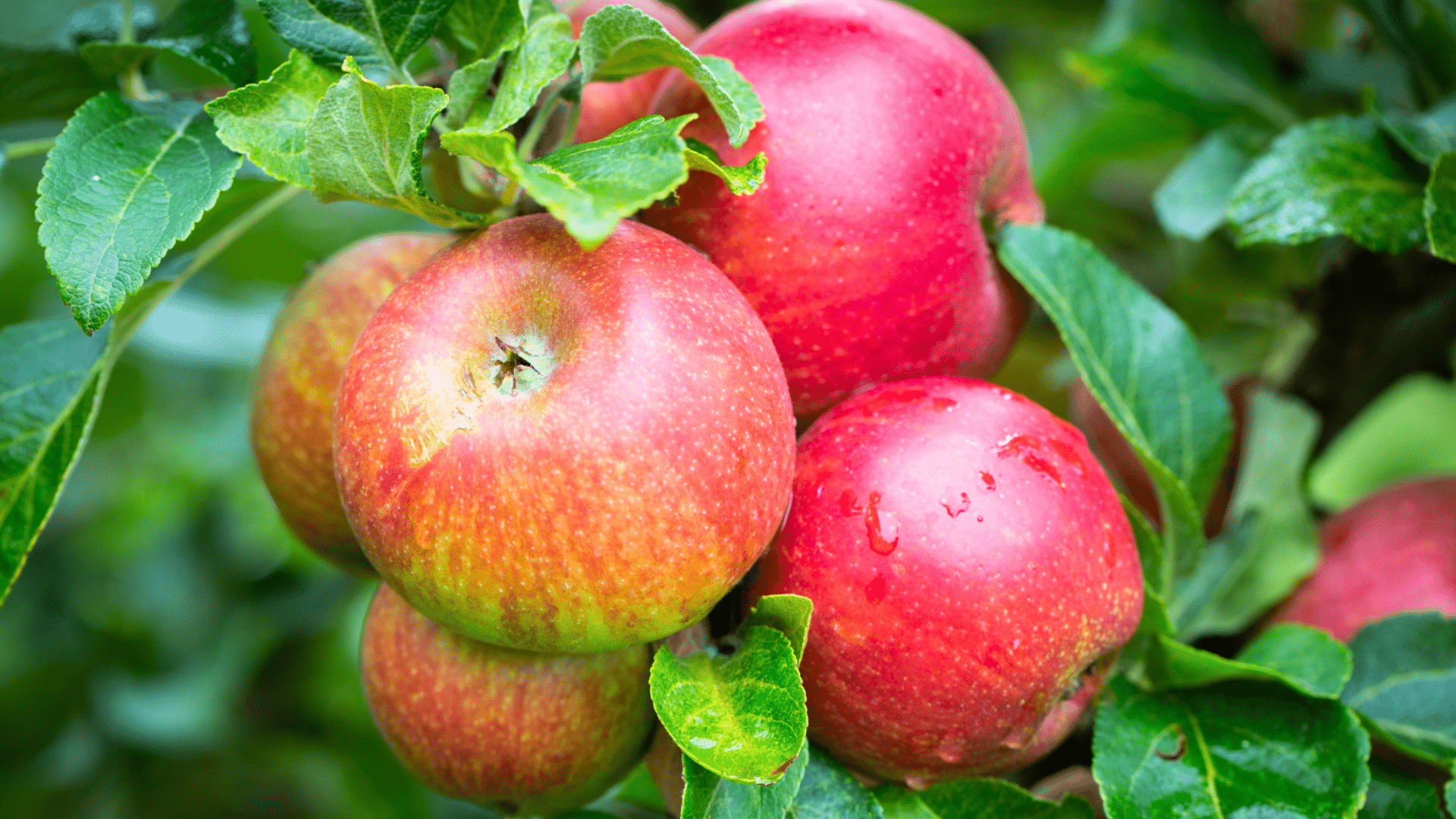
Red Windsor, also called Alkmene, is a reliable, self-fertile apple that thrives in small spaces and a wide range of climates.
Its compact growth makes it perfect for containers, and it produces consistently, even without a second tree nearby.
- Size: Compact, ideal for pots and patios
- Zones: 4–9
- Flavor: Sweet with a mild spice
- Best For: Reliable yields in small gardens
3. Cox’s Orange Pippin
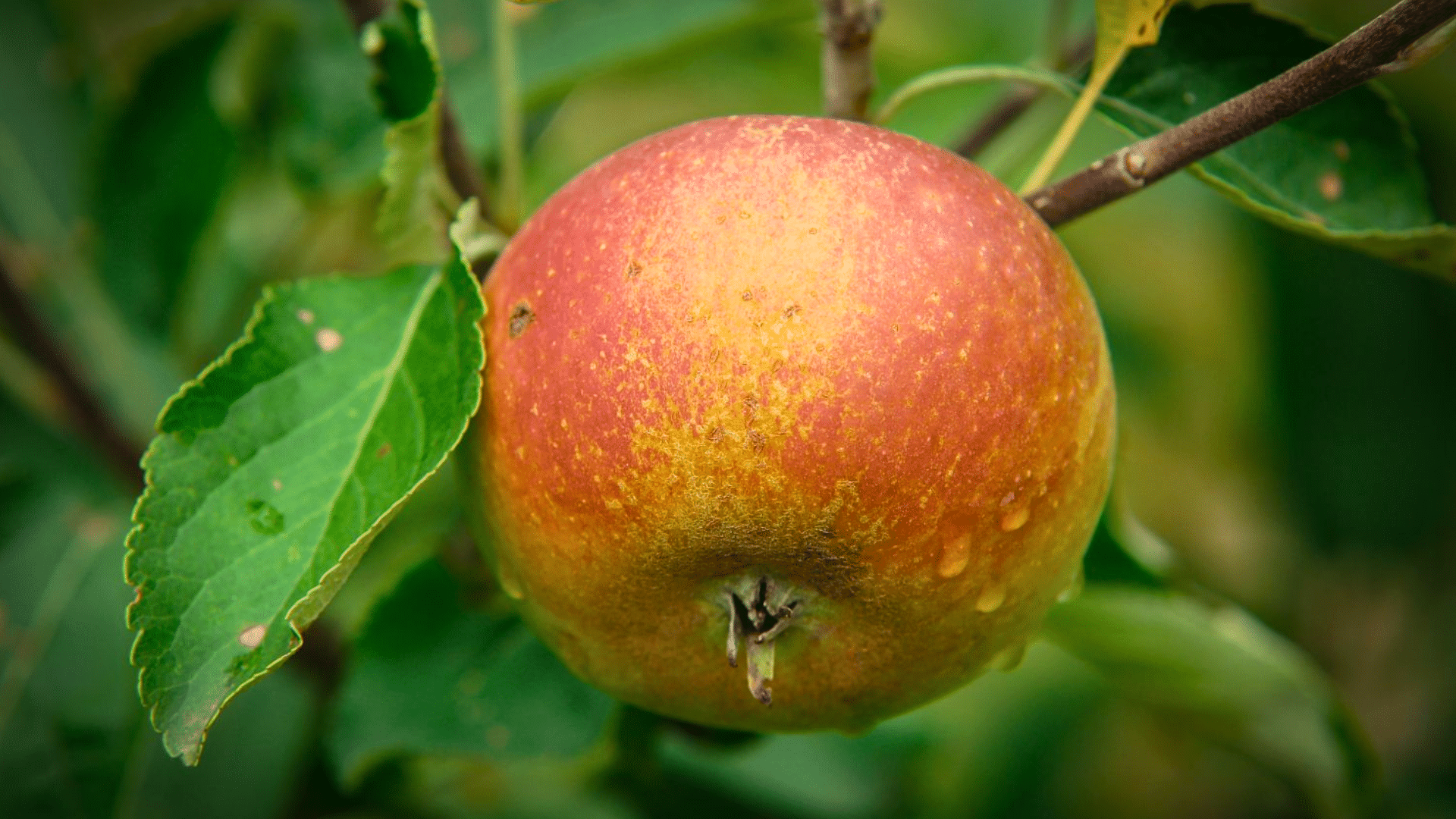
Cox’s Orange Pippin is a favorite for its rich, complex flavor. While it’s partially self-fertile and can produce fruit alone, it performs best with a pollination partner nearby.
Still, it’s a good choice for growers who care more about taste than yield.
- Size: Medium, with dwarf options available
- Zones: 5–9
- Flavor: Sweet and rich with a tangy finish
- Best For: Flavor-focused gardeners with a little extra space
4. Golden Delicious

Golden Delicious is a go-to for gardeners who want reliable fruit without much fuss. It adapts well to different environments and regularly produces a good harvest, even on its own.
If you’re new to growing apples or just want something easy and productive, this variety is a safe bet.
- Size: Medium to large, with dwarf forms available
- Zones: 5–8
- Flavor: Mild, sweet, and smooth
- Best For: Steady yields and low-maintenance growing
5. Garden Delicious (Dwarf)
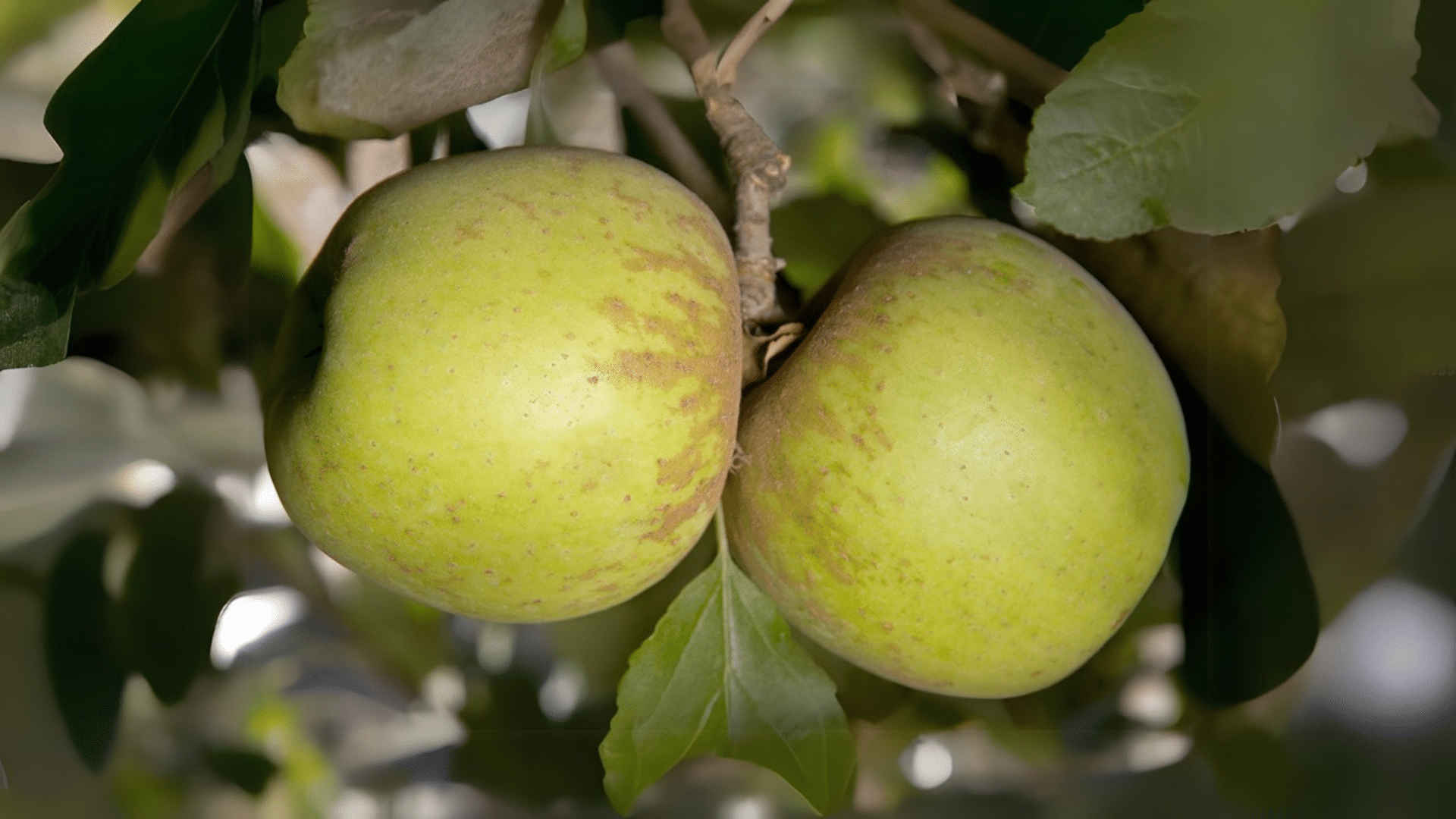
Garden Delicious is perfect if you’re tight on space but still want fresh apples from your own tree. This dwarf variety stays compact, making it easy to fit on patios, balconies, or small garden beds.
Despite its size, it reliably produces fruit on its own.
- Size: Stays under 10 feet tall
- Zones: 5–8
- Flavor: Juicy and mildly sweet
- Best For: Pots, patios, and beginner-friendly care
Best Apple Trees for Containers or Tight Spaces
If you’re growing apples in a pot or a tight corner, size is just as important as pollination. That’s where dwarf and semi-dwarf trees shine. They stay smaller, are easier to manage, and still produce plenty of fruit.
Columnar apple trees are another great option. They grow straight up with minimal branching, making them perfect for patios or narrow spaces where width is limited.
To help control the tree’s size, look for rootstocks like M27 or M9. These keep growth in check and make your tree more suitable for containers.
You can also try a multi-grafted tree, which has two or more varieties on a single trunk. It’s a clever way to enjoy a mix of apples without needing room for multiple trees.
Tips to Get the Best Yield From One Tree
Even if your tree is self-fertile, it still needs the right care to produce plenty of fruit. A few simple steps can make a big difference in your harvest:
- Make sure it gets at least 6–8 hours of direct sun each day
- Use well-draining soil, whether planted in the ground or in a large pot
- Water regularly, keeping the soil consistently moist but not soggy
- Prune each season to let light reach all branches and keep the tree balanced
- During late spring frosts, cover the tree overnight to protect its blossoms
With a little attention and planning, your single tree can reward you with a steady crop of apples each year.
Do You Still Need Pollinators?
Yes, pollinators still play a big role. Even if your tree is self-fertile, bees and other insects help increase the number of apples and improve their size and shape.
You can attract helpful pollinators, even in a small yard or patio, by planting:
- Bee-friendly flowers like lavender or borage
- Native plants that bloom in early spring
- Herbs such as thyme or oregano near your tree
Avoid harsh sprays and strong chemicals; they can harm the very insects your tree needs to thrive.
Common Mistakes to Avoid
Even if you’ve picked a self-pollinating apple tree, it still needs the right setup and care to grow strong and bear fruit. Here are some common mistakes to avoid:
- Picking the wrong variety for your climate: Not every apple tree thrives in all regions. Before you buy, check the tree’s cold-hardiness zone and make sure it matches your local conditions.
- Using the wrong container: A pot that’s too small or doesn’t drain well can lead to stunted roots or root rot. Choose a large container with drainage holes and use well-aerated soil.
- Forgetting to prune: Letting your tree grow wild can cause branches to crowd together. That blocks sunlight and limits fruit growth. Light pruning keeps your tree balanced and healthy.
- Overwatering or underwatering: Too much water can rot the roots. Too little dries them out. Keep the soil moist but not soggy, especially during the hot months.
- Skipping pollinator support: Even self-fertile trees benefit from bees and other helpers. Surround your tree with plants like lavender, thyme, or borage to attract pollinators.
- Ignoring early warning signs: Watch for curling leaves, discolored spots, or slow growth. These may signal pests, fungus, or disease. Catching problems early makes treatment easier.
With the right container, steady water, regular pruning, and a few bee-friendly plants nearby, your apple tree will have everything it needs to thrive, even in a small space.
Conclusion
Now you know how self-pollinating apple trees work, which ones thrive in small spaces, and how to keep them healthy.
You’ve also learned how to boost your harvest, even with just one tree, and avoid common growing mistakes.
Even if your yard is small, fresh apples are still possible. With the right variety, plenty of sun, and regular care, you can enjoy crisp fruit right outside your door.
Ready to give it a try? Pick a self-fertile tree that fits your space and start planting.
Need more ideas for small-space gardening? Check out our other blogs for tips on container fruit trees, patio plants, and more ways to grow smarter in less space.


